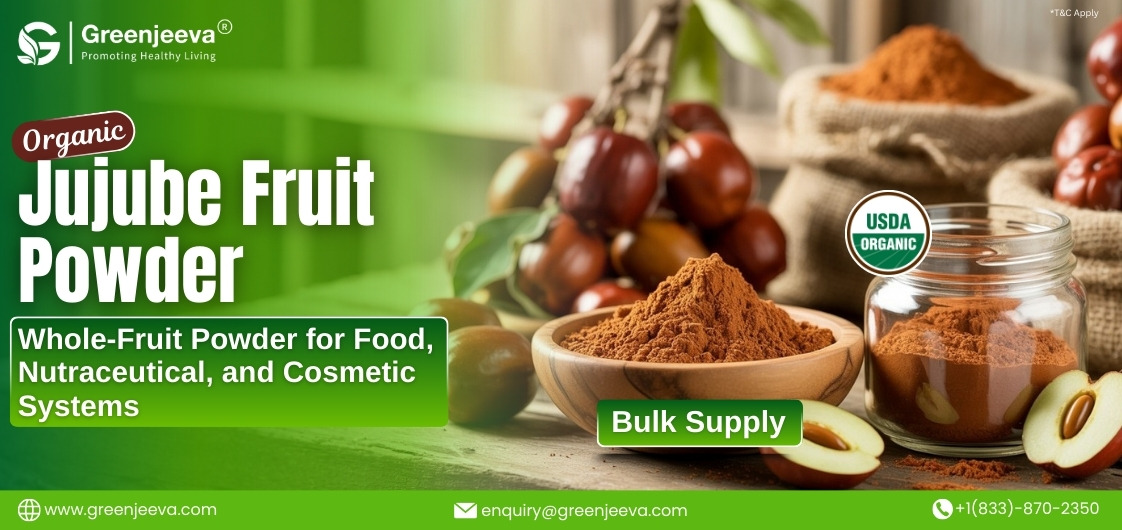Ginger Powder: An Ingredient for Food Innovation

From instant soups that transport taste buds to the streets of Bangkok to low-sodium savory snacks that don't sacrifice flavor, ginger powder is spearheading a taste revolution. It's not just about adding heat or flavor; it's about reimagining what packaged foods can be. Let us find out how this unassuming spice is helping food manufacturers meet convenience trends. It also reduces sodium content and infuses authentic traditional flavors into modern packaged foods.

Ginger powder is proving to be the secret ingredient that bridges tradition and innovation, all while tackling some of the industry's most pressing challenges.
Ginger Powder in Instant Soups and Broths
Consumers are seeking convenience when it comes to food. This trend is evident from the ever-rising demand and booming market for instant soups and broths. Ginger powder – the aged-old ingredient that's elevating these quick meals from mere sustenance to gourmet experiences.
Ginger powder's intense, concentrated flavor allows food manufacturers to create innovative, convenient food. For example, instant soups and broths that pack a flavorful punch with just a sprinkle. Its ability to impart a warm, spicy note complements a wide range of flavors, from classic chicken noodles to exotic Thai-inspired concoctions. This versatility enables food companies to expand their product lines. In turn, it caters to diverse consumer palates without the need for complex ingredient lists.
Moreover, ginger root's well-known digestive benefits translate seamlessly into its powdered form. This allows brands to tap into the growing consumer demand for functional foods. Instant soups and broths fortified with ginger powder can be marketed not just as convenient meal solutions but as wellness-boosting options for health-conscious consumers.
Also read - Navigating Raw Ingredient Challenges: How Contract Manufacturers Can Ensure Consistent Quality
Ginger Powder in Reducing Sodium Content in Savory Products
As health concerns about excessive sodium intake continue to make headlines, food manufacturers face the challenge of reducing salt without compromising flavor. Ginger powder emerges as an alternative ingredient, making bland, low-sodium foods interesting.
The complex flavor profile of ginger – spicy, slightly sweet, with earthy undertones – can help mask the flavor loss that often accompanies sodium reduction. By stimulating the palate in different ways, ginger powder creates a satisfying taste experience that can make consumers less likely to miss the salt.
Innovative food scientists are incorporating ginger powder into a variety of savory products, from seasoning blends to ready-made meals. The result? Low-sodium options that don't sacrifice taste allow brands to meet health guidelines without alienating flavor-seeking consumers.

Ginger Powder in Traditional Cuisine-Inspired Packaged Foods
Consumers are increasingly seeking authentic global flavors, and ginger powder serves as a bridge between traditional cuisines and modern packaged foods. Its presence in countless culinary traditions. From Indian curries to Chinese stir-fries and Jamaican jerk seasoning, it is an ideal ingredient for creating cuisine-inspired products that resonate with consumers' desire for cultural experiences through food.
Food manufacturers are leveraging ginger powder to develop product lines that capture the essence of traditional dishes in convenient, shelf-stable formats. Think instant noodles that evoke the flavors of Vietnamese pho or microwaveable rice dishes that bring the warmth of Indian biryani to office lunch breaks.
The beauty of ginger powder lies in its ability to provide a consistent, authentic flavor profile without the logistical challenges of using fresh ginger. This allows food companies to scale production of globally inspired products. Not compromising on quality and flavor consistency – a crucial factor in building brand loyalty among consumers.
Visit our store for similar products: Organic Ginger C/S ,Organic Ginger Extract Powder 10:1,
Ginger- All the Way
As we look to the future of food manufacturing, it's clear that ginger will continue to play a pivotal role. Its ability to address multiple industry trends. Convenience, health, and authenticity – position it as a valuable tool in any food developer's toolkit.
From reducing sodium content to creating exciting new flavor profiles, ginger powder is proving that sometimes, the most powerful innovations come from the most unexpected places. As consumers continue to demand foods that are both convenient and culturally rich and that support their health goals without sacrificing taste, ginger powder stands ready to meet these complex needs.
In conclusion, the humble ginger root, transformed into a versatile powder, is far more than just a spice. It's a solution to many of the food industry's current challenges and a gateway to exciting new product possibilities. As food manufacturers continue to push the boundaries of innovation, one thing is certain: the future of food is looking decidedly more ginger-spiced.
**The Food and Drug Administration has not evaluated these statements. This product is not intended to diagnose, treat, cure, or prevent any disease.**






